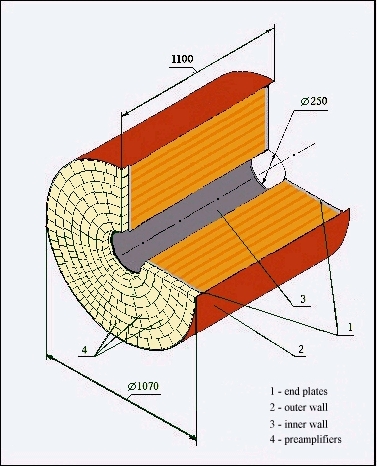![]()

|
|
|
![]()
where P in (GeV/c). In the calculation of multiple scattering the matter of wires and operation gas was taken into account. To obtain contribution to momentum resolution of DC from multiple scattering the reconstructed trajectories were used with kink in the point were particle hits wire. This method of calculation diminishes contribution from scattering in 1.6 times.
P in GeV/c.
![]()
![]()
![]()
Last update 9-Aug-2000